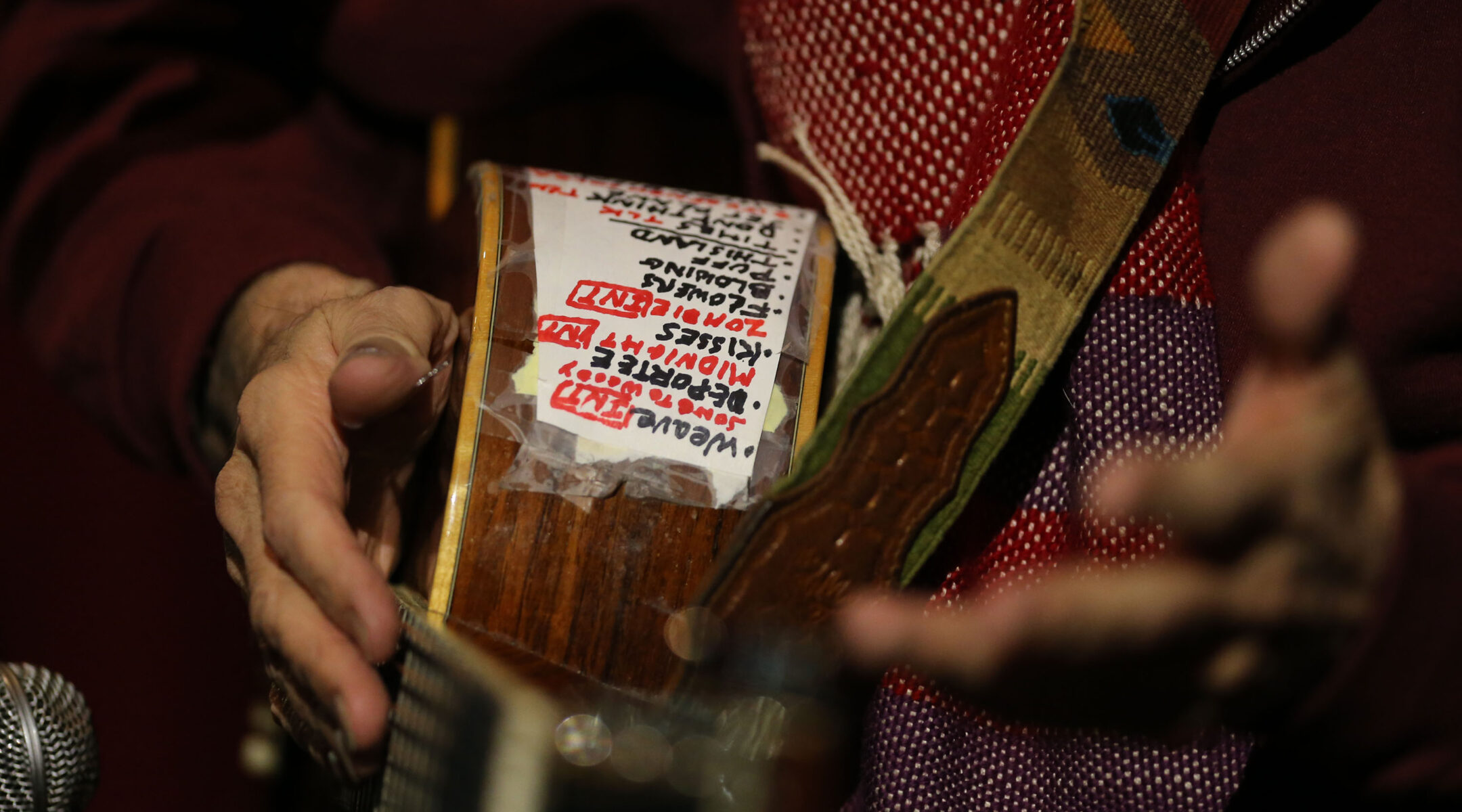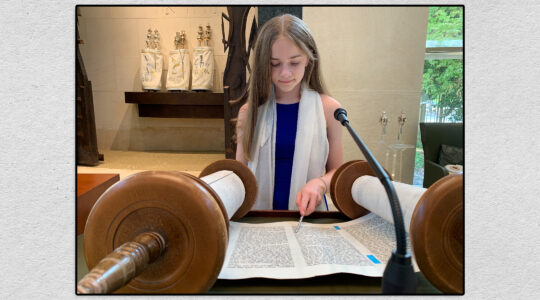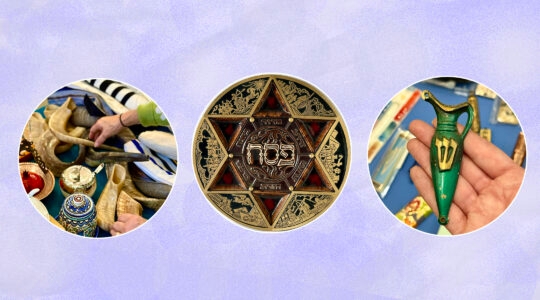Like many Americans of my age, I was raised on Peter, Paul, and Mary’s music.
“Puff The Magic Dragon,” “Leaving on a Jet Plane,” and “Lemon Tree” were as much a part of my childhood as Mr. Rogers and sugary breakfast cereals. As I got older, and more involved in the Jewish community, I learned about Peter, Paul, and Mary’s activism, their support of civil rights and of the Soviet Jewry movement. I learned new songs, written by Peter (Yarrow) that touched on his Jewish background both explicitly (“Light One Candle”) or more implicitly (“Day is Done”). I saw Yarrow sing for Jewish audiences, and I appreciated it.
And somewhere along the way, I learned that Yarrow was convicted in 1970 of sexually assaulting a 14-year-old girl when he was over 30.
Yarrow died earlier this year at age 86. This week would mark the end of shloshim, Judaism’s 30-day mourning period, for Yarrow, and as his family and friends transition from their most intensive stage of mourning, it is a fitting time to examine his complex legacy and to view it in the context of others whose music is often used in our synagogues and public spaces.
The question of how we reconcile artists’ abhorrent actions with their artistic legacy is not unique to Yarrow. Within the Jewish community alone, we have and are wrestling with the same issue concerning the music of Shlomo Carlebach, and of Bonia Shur, one of the Reform Movement’s foremost liturgical composers. Specifically, there is an ongoing debate about the appropriateness of using their music. That decision is difficult for many individuals; it is even harder for organizations.
The three situations are far from identical. Yarrow was convicted, served time in jail, received a presidential pardon and explicitly acknowledged and apologized, albeit weakly, for his actions. (Another woman has alleged a similar assault.) Neither Carlebach nor Shur was publicly accused of sexual misconduct in their lifetimes, and neither was convicted of sexual abuse, but there is unassailable evidence that they both imposed themselves physically on women — multiple women — against their will.
Many members of the community cannot imagine themselves without the music or charismatic leadership of these perpetrators, even in death. And so they prioritize the perpetrator over the victims, over the communal standards of safety for our communities.
Although different, all three cases raise related, and complex, questions. Different organizations will likely answer them differently, and, therefore, reach different conclusions. But what is critical is that our institutions take the process of wrestling with them seriously. It would be piling victimization upon victimization if we were to conclude that the analysis is too difficult, throwing up our hands and walking away. Ignoring the abusive conduct would be the greatest insult to the victims.
Rather we can and must recognize that our Jewish values — such as tzedek (justice), rachamim (compassion) and emet (truth) — as well as our practical experience in too many cases — point to at least four fundamental principles for organizations, including synagogues, to uphold.
First, our approach must put the victims of abuse at the center of our concern. As a community grounded in justice, we cannot allow our love for some music, or affection for its composers, to outweigh the harm which was inflicted. By using their music, we signal that we value the music more than we value the victim, or that we do not believe the victim.
Second, no abuser should ever be given a “pass” because of their position, the absence of legal adjudication, or how much they have otherwise contributed to the community. Abuse cannot be blinked away by reference to “eccentricities”; “We were physically close to him, and he did NOT try anything on us” is not an adequate response. At a bare minimum we must ensure that the victims are not forgotten, which means talking openly about the abusive conduct.
Third, we must weigh the very real costs of using this music — the continuing harm being done to victims, and the appearance of organizational approval of the conduct — against the benefit. Some of the music is beautiful, powerful and evocative. But surely there are other melodies our congregations can choose that will have similar impact.
Fourth, we must be mindful that those accused of abusive behavior are entitled to organizational due process. While I believe victims who come forward, I also believe it is appropriate to have accusations considered by independent external investigations. Such investigations are especially important since, so often, abusers have actually been protected by Jewish institutions. Once an independent investigation has shared its report publicly, we, the greater Jewish community, must accept and uphold the findings.
Let me conclude by sharing where I land on the specific issue of music. There may come a time when it would feel appropriate to use the music of abusive composers in our institutions — perhaps after their direct victims have passed away. But not now. Not today. To lend an institutional heksher (seal of approval) now is premature and disrespectful to those who suffered. Let us instead honor the core values of our tradition and keep those harmed at the center of our decisions, not sidelined in favor of a legacy they cannot separate from their pain — no matter how moving it might feel to sing “Light One Candle” at Hanukkah.
JTA has documented Jewish history in real-time for over a century. Keep our journalism strong by joining us in supporting independent, award-winning reporting.







